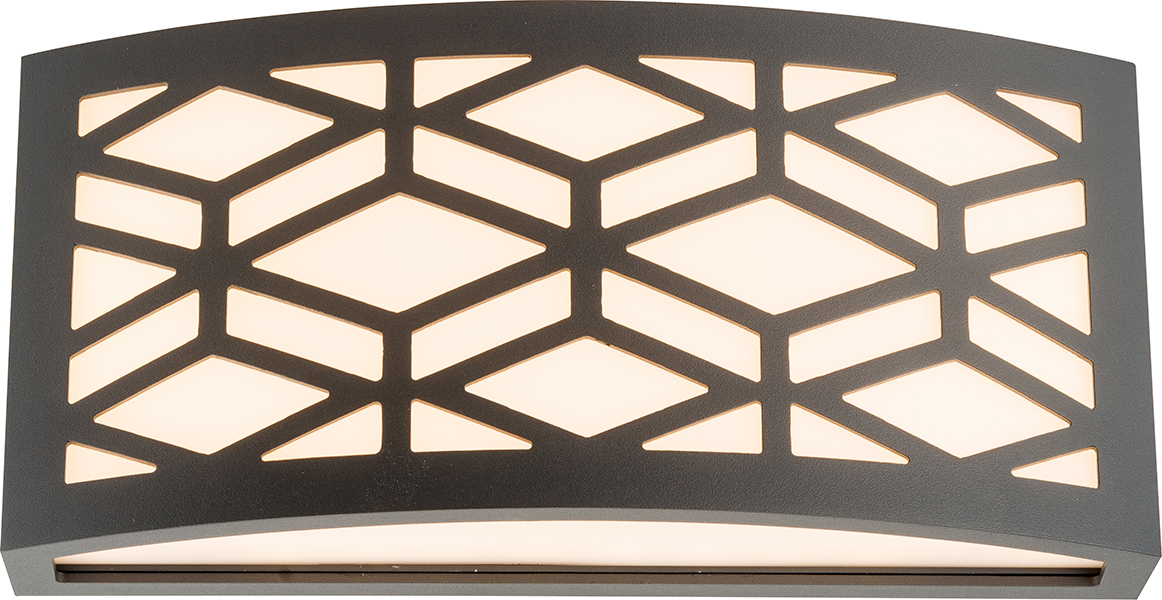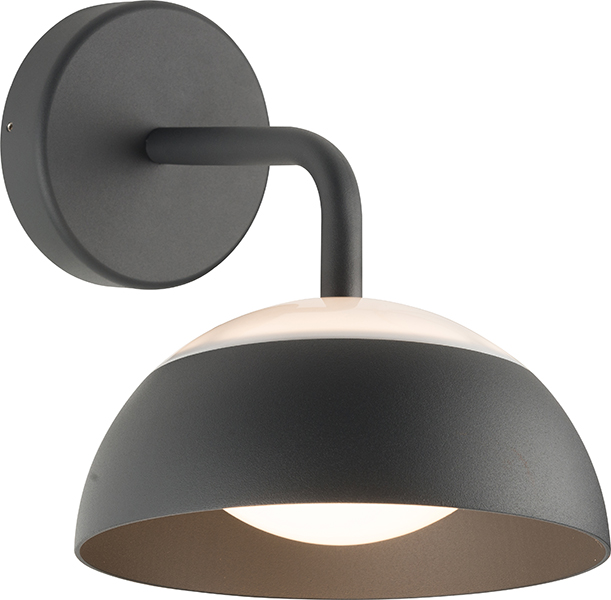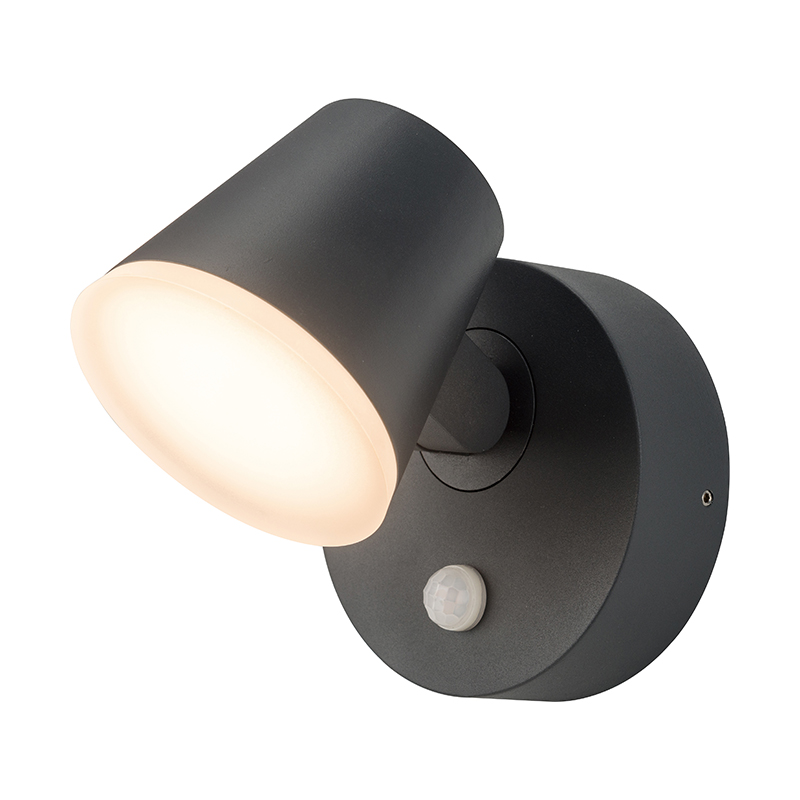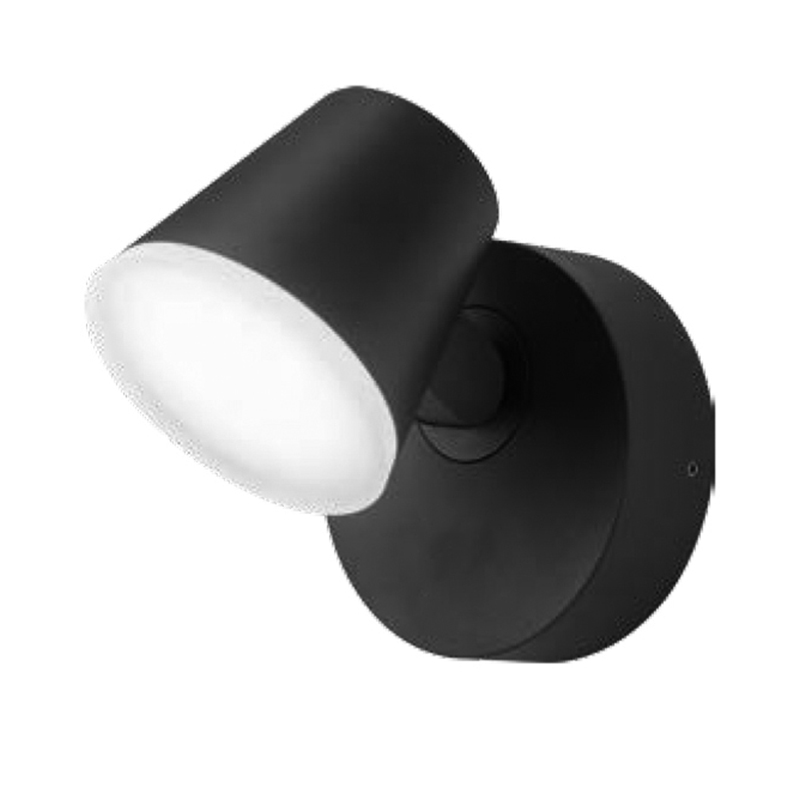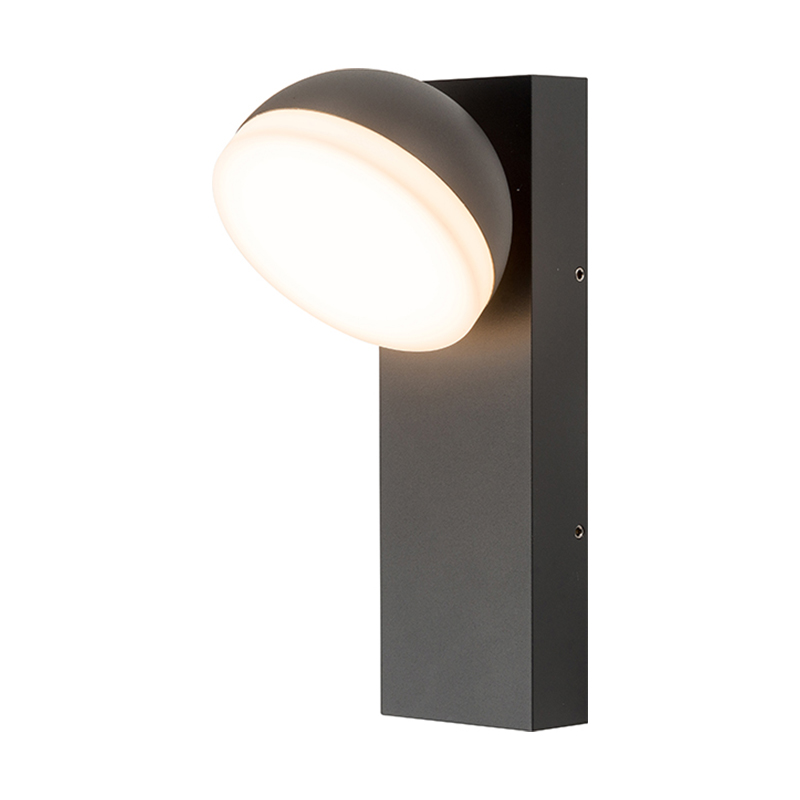
How to Choose the Perfect Garden Light: A Complete Buyer’s Guide
Garden lighting is more than just a decorative feature — it can enhance safety, highlight landscaping, and create a warm, inviting atmosphere after dark. But with so many types, styles, and technologies available, choosing the right garden light can feel overwhelming.
1. Understand Your Garden’s Lighting Purpose
Before diving into product types and features, clarify why you want garden lighting:
Functional Lighting Needs
Pathway lighting: To safely guide guests along walkways or driveways.
Security lighting: To deter intruders and illuminate dark areas.
Entrance lighting: To light up gates, doors, or address numbers.
Aesthetic and Mood Lighting
Accent lighting: To highlight trees, garden sculptures, or water features.
Ambient lighting: To create a relaxing, cozy atmosphere on patios or decks.
Festive lighting: For parties, events, or seasonal decorations.
Pro Tip: Sketch a simple map of your garden and mark where light is needed for safety, focus, or ambience. This helps you plan a balanced lighting scheme.
2. Choose the Right Type of Garden Light
Understanding the differences between garden light types will help you select the most suitable option for each area.
Solar Garden Lights
Powered by the sun, requiring no wiring or electricity.
Ideal for decorative use in sunny spots.
Automatically turn on at dusk and off at dawn.
Pros: Easy to install, eco-friendly, low cost.
Cons: May be dimmer and less reliable in cloudy or shaded areas.
LED Garden Lights
Use minimal energy and have an extremely long lifespan (often 25,000+ hours).
Available in a wide range of styles and brightness levels.
Pros: Energy-efficient, bright, and durable.
Cons: May be more expensive upfront.
Low-Voltage (12V) Wired Lights
Connected to a transformer, these are brighter and more stable than solar options.
Great for large gardens or areas needing consistent light.
Pros: Reliable performance, customizable.
Cons: Requires more installation work, possibly professional help.
Smart Garden Lights
Can be controlled through an app, remote, or voice assistant (e.g., Alexa, Google Assistant).
Features include color changing, dimming, scheduling, and automation.
Pros: Modern, customizable, tech-savvy.
Cons: Typically higher cost, may need Wi-Fi or a hub.
3. Consider Style and Design
Garden lights are part of your overall outdoor aesthetic. Matching the light design to your garden’s style enhances visual harmony.
Design Considerations:
Traditional or cottage-style gardens: Go for lanterns, rustic finishes, or warm-toned bulbs.
Modern or minimalist landscapes: Choose sleek metal fixtures, black matte finishes, or geometric shapes.
Whimsical or themed spaces: Try fairy lights, novelty shapes, or decorative solar lights (like mushrooms or animals).
Don’t mix too many styles in one space. Choose a theme and stick with it for a cohesive look.
4. Check Brightness and Color Temperature
Not all garden lights are equally bright or colored. Choosing the right intensity and tone can make or break your outdoor lighting effect.
Brightness (Lumens) Guide:
50–100 lumens: Accent and decorative lights (solar stakes, string lights).
100–300 lumens: Pathway and step lights.
300–700 lumens: Spotlights and uplights.
700+ lumens: Security and floodlights.
Color Temperature (Kelvin):
2700K–3000K (Warm White): Cozy, inviting, ideal for relaxation areas.
4000K–5000K (Cool White/Daylight): Bright and alert, good for security or visibility.
RGB (Color Changing): Great for festive or mood lighting.
5. Think About Weather Resistance
Outdoor lighting must be able to withstand rain, dust, and other harsh conditions. Always check the IP rating before purchase.
Understanding IP Ratings:
IP44: Splash-resistant. Good for covered patios or walls.
IP65: Water and dust resistant. Suitable for most garden areas.
IP67+: Fully waterproof. Can be used in heavy rain or near water features.
Look for durable materials like aluminum, stainless steel, or UV-resistant plastic.
6. Easy Installation and Maintenance
Installation Types:
Staked lights: Push directly into the ground — easiest to install.
Wall-mounted lights: Ideal for fences, gates, or building exteriors.
Hardwired lights: Require electrical connection and possibly trenching cables underground.
Maintenance Tips:
Wipe solar panels and lenses monthly to maintain brightness.
Replace rechargeable batteries in solar lights every 1–2 years.
Opt for lights with replaceable bulbs rather than sealed units.
Product Category
News Category
- Detailed information
 Emily: emily@cn-hangjia.com
+86-158 8806 3776
Emily: emily@cn-hangjia.com
+86-158 8806 3776 Fanny: fanny@cn-hangjia.com
+86-134 8422 9778
Fanny: fanny@cn-hangjia.com
+86-134 8422 9778 Tina
: tina@cn-hangjia.com
+86-159 5829 3091
Tina
: tina@cn-hangjia.com
+86-159 5829 3091 Address : East Industrial Park Linshan Town Yuyao City Zhejiang Province
Address : East Industrial Park Linshan Town Yuyao City Zhejiang Province

 English
English 中文简体
中文简体
